ATVs, or all-terrain vehicles, can be very useful for hunting mule deer. They can help you get to remote areas that would be difficult to reach on foot, and they can also provide a comfortable place to rest and camp while you’re waiting for the perfect shot. However, there are a few things to keep in mind if you’re planning on using an ATV for deer hunting. First, be sure to check the regulations in your state or hunting area to make sure that ATVs are allowed. Second, be aware that ATVs can be loud, so you’ll need to be extra careful to approach your prey quietly. Finally, make sure you’re familiar with the terrain and know how to operate your ATV safely before heading out on your hunt.
Because deer are smart enough to associate a sound with your presence, they are able to associate your presence with an ATV. In general, it is not a good idea to drive an ATV only during hunting season. In Louisiana, hunters claim that if they do not have an ATV, they can still hunt the woods as effectively as they can without one. He had no idea what he was doing when he spooked the deer. In their surroundings, he introduced a foreign sound. If you’re walking in and want to keep the situation as quiet as possible, consider relocating your stand. How many times did you see a deer looking in your direction before making a move?
Most of the coastal marshes will remain unaffected by the cold snap because most of them have good fishing. The State Waterfowl Study’s aerial survey crew will be on the ground this week for the December aerial survey. With the sun shining this week, the conditions should stabilize.
Can an ATV spook a deer? There is a resounding yes when they are used during hunting season, but in the end, it may be determined by what deer you are attempting to manage for and shoot.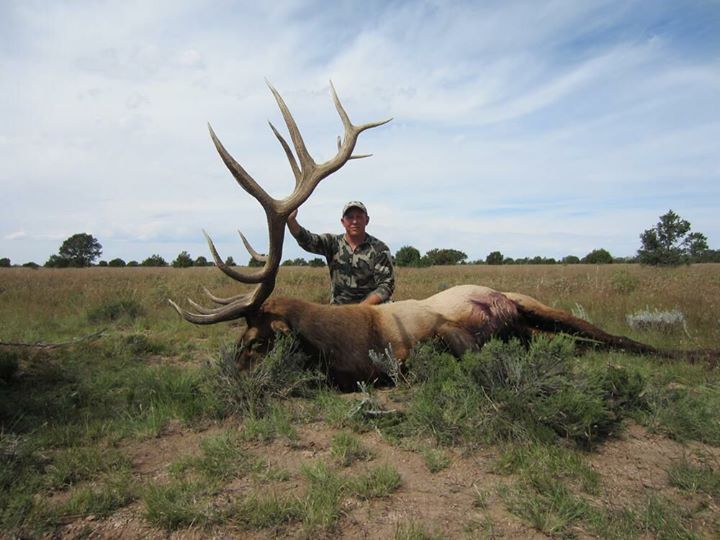
During the late 1980s, my ATV scare began when my neighbor across the river to the South began his Honda ATC (3 wheeler). As an ATV spook alone, I witnessed over 20 deer leaving their incredible bedding habitat, crossing a 200 yard pasture, entering the woods, and eventually making their way down the heavy funnel of mixed pine, grasses, and tag alder. I was fascinated by the deer’s spooking patterns as a teenager while hunting in the United States. A high-quality bedding area would then be passed through the area on the Northwest side. There was a lot of ATVs in the area, and almost every one of them parked their vehicles in the shade. When we offered quality cover between ourselves and ATV intrusions during bow or gun seasons, we were able to see up to two dozen deer migrate through our forests at times. Hunting and riding an electric cart or machine may be a good idea for deer sanctuary, but any noise, visibility, or smell from hunters or machines will scare them off.
While ATVs are fantastic tools, there is a level of strategy that must be followed.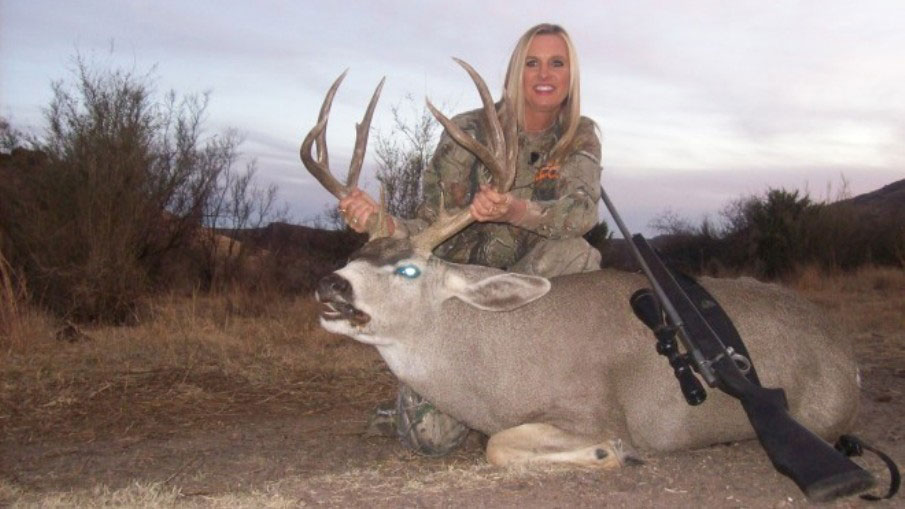 Taking a highlighter to a map of your land and shade out every acre of habitat within 100-150 yards (conservatively) of any regularily used ATV trail (during hunting season) is recommended. A mature buck prefers a less stressful, ATV-free environment to live in. Electric carts are available in a variety of styles and sizes, and some are quieter than others. The best thing to do is to do what is most comfortable for you, whether you are a young buck or a doe family. The off-season is the only time that an ATV will not scare deer off-road. In addition to feeding plots, tree stands, and camera work, ATVs can be used for a variety of other purposes. I have established a zero-tolerance policy for ATV use on my own hunting lands by two weeks prior to the hunting season’s opening. I cannot do this because I am too hard on myself and the outcome of my hunt is too important to me.
Taking a highlighter to a map of your land and shade out every acre of habitat within 100-150 yards (conservatively) of any regularily used ATV trail (during hunting season) is recommended. A mature buck prefers a less stressful, ATV-free environment to live in. Electric carts are available in a variety of styles and sizes, and some are quieter than others. The best thing to do is to do what is most comfortable for you, whether you are a young buck or a doe family. The off-season is the only time that an ATV will not scare deer off-road. In addition to feeding plots, tree stands, and camera work, ATVs can be used for a variety of other purposes. I have established a zero-tolerance policy for ATV use on my own hunting lands by two weeks prior to the hunting season’s opening. I cannot do this because I am too hard on myself and the outcome of my hunt is too important to me.
Deer in open areas can run for up to a half mile. In dense vegetation, a buck’s ability to bind 150 yards and survive could be limited.
In dense vegetation, a buck’s ability to bind 150 yards and survive could be limited.
If you’re looking for a deer that has been spooked and won’t leave, keep in mind that it can take up to 30 minutes for the buck to leave. It’s a good idea to ambush her downwind from where you last saw her, and your chances of getting that buck are quite good.
In other words, you must have a crooked tree stand or other equipment. It is the sound of our bow when it releases a bow arrow. There is a chance that all of these items will attract deer. To distinguish between natural and unnatural sounds, a Whitetail is extremely skilled at distinguishing them.
Other deer also frighten them. If you notice a deer with its tail up, it is most likely defending itself against another deer. A deer with no one around may be injured or sick and requires medical attention.
Although a pile of gut does not frighten deer, it attracts their attention.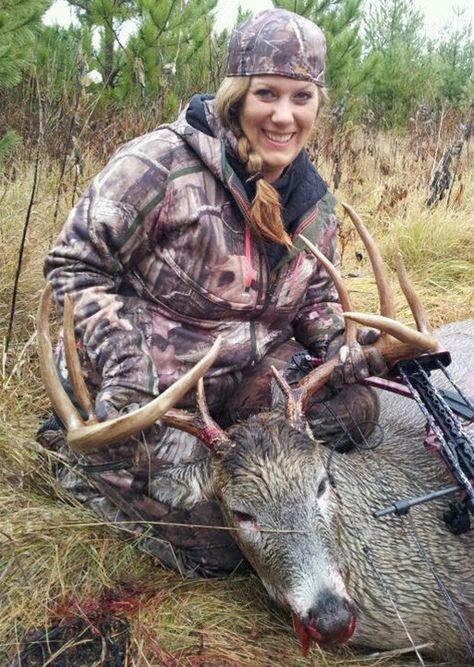
There is always the possibility for an exciting hunt in the early morning hours, even if it is a little quieter. The deer are becoming more active as the light brightenes up the woods, and they are becoming more visible. You’ll be looking for a buck in the early morning hours of the morning if you have the guts to go out for a hunt.
Look for mule deer in the shade as soon as possible, and look for a good vantage point. It’s true that while mercury glasses are typically shaped to match the color, they don’t have to be in every location. When and where to glass is a good place to start when you’re planning out where to glass, and consider where the mule deer spend the majority of their time.
As far as I know, these screenshots are not actual hunting grounds or public lands. The spots in these maps resemble the places I intend to hunt.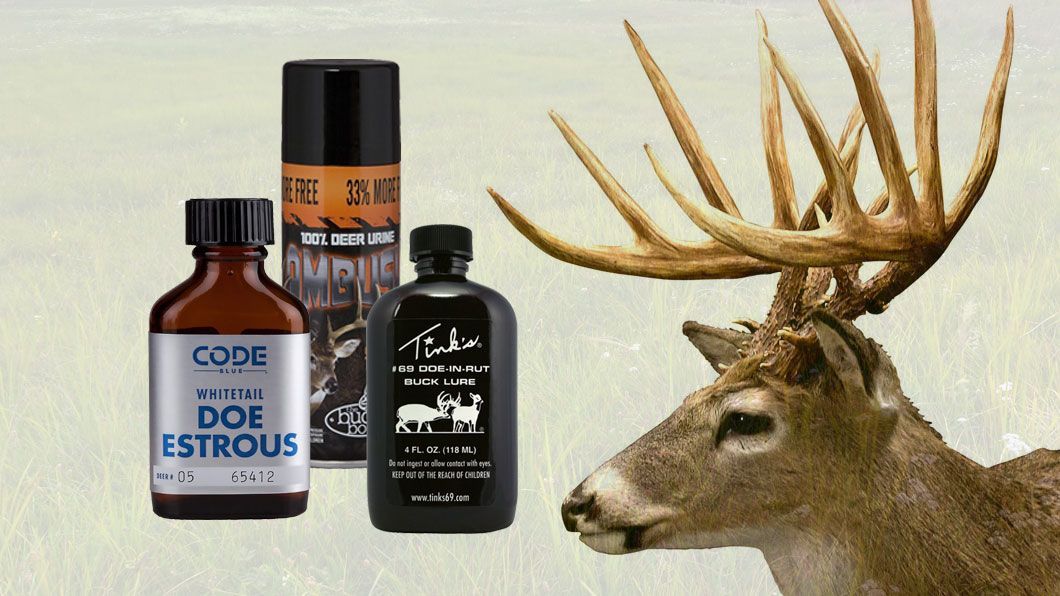 How do people on this hilltop hunt this terrain and where do they see deer spending time? If there was a deer you wanted to see, but didn’t want to get near, what would you do? Deer will appear when you have good vantage points, work the glass more effectively than your feet, and find them where they are. Can a mule deer relate to water even if the temperature is lower than normal in its neck?
How do people on this hilltop hunt this terrain and where do they see deer spending time? If there was a deer you wanted to see, but didn’t want to get near, what would you do? Deer will appear when you have good vantage points, work the glass more effectively than your feet, and find them where they are. Can a mule deer relate to water even if the temperature is lower than normal in its neck?
When hunting a large game animal, it is critical to pay attention to the animal’s ecology. The bones and muscles of a mule deer are frequently targeted, but this is not exclusive to the shoulder. A successful hunt necessitates an accurate shot placement. Buck adults, who move at night as a result of human disturbance or an influx of natural predators, have been known to travel over ten miles. Hunting animals requires a good understanding of their ecology.
It is natural for deer to travel on the path of least resistance, and if there is a low spot in a ridge or hill, deer are more likely to cross it naturally.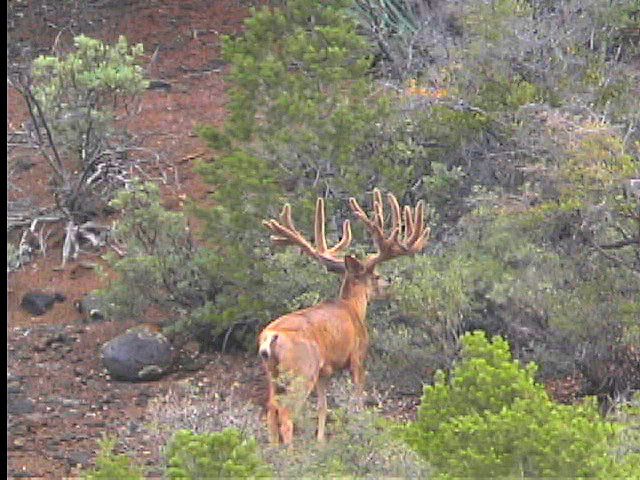 Once you know what you want to look for on a topographical map, saddles will be obvious. This is an example of a number that you can use.
Once you know what you want to look for on a topographical map, saddles will be obvious. This is an example of a number that you can use.
These deer prefer steep, rocky terrain with good vantage points to climbing Mount Everest. Some of these animals will hide near cover or bedded down against a cliff. It is not a walk up a hill above 10,000 feet without a steep, loose section to navigate.
The bucks will start feeding on the east-facing slopes around an hour or two before the bucks will start feeding on the west-facing slopes. I will not clear the illuminated slopes until the sun has set, and then I will spend the remaining half hour of daylight glassing the illuminated slopes on the west side of the mountains.
During the rut, mule deer prefer to lay up in small folds between hills, timber pockets, and hidden creek drainages. Hiking hard from Point A to Point B with your head down and legs in the air is the best way to get out of your zone.
Mule deer management is the process of regulating and caring for mule deer populations in order to maintain healthy herds and minimize human-deer conflicts. Mule deer are an important part of the ecosystem and provide many benefits to humans, so it is important to ensure that they are managed properly. There are many different methods that can be used to manage mule deer populations, and the most effective approach depends on the specific situation. Some common methods of mule deer management include habitat management, hunting regulations, and disease control.
Most mule deer are timid and avoid conflict. By rattling the horns of your prized specimens, you can create the illusion of dominant fighting, which attracts other bucks. Make a noise as much as you can in order to attract deer. Using this method will keep your hunting area as clear as possible while reducing your chances of spooking deer.
In the United States, hunting season is the time of year when it is legal to hunt certain types of game. The dates vary by state, but typically fall between September and February. Some states have specific seasons for different types of game, such as deer, waterfowl, or turkey. Hunting seasons are regulated to help ensure a healthy population of wildlife.
Dates for the current license year, which runs from September 1 to August 31, are listed below. Turkey hunting seasons are open for both spring and fall in New York, and junior hunters (ages 12 to 15) are permitted to participate in them. Black bear, duck, mergansers, geese, and brant are among the animals that can be found during the early, regular, muzzleloading, and archery seasons. The dates for hunting season are not finalized until late summer, when federal regulations are finalized. Only crows can be hunted migratory birds, but those who do must register with the Harvest Information Program (HIP).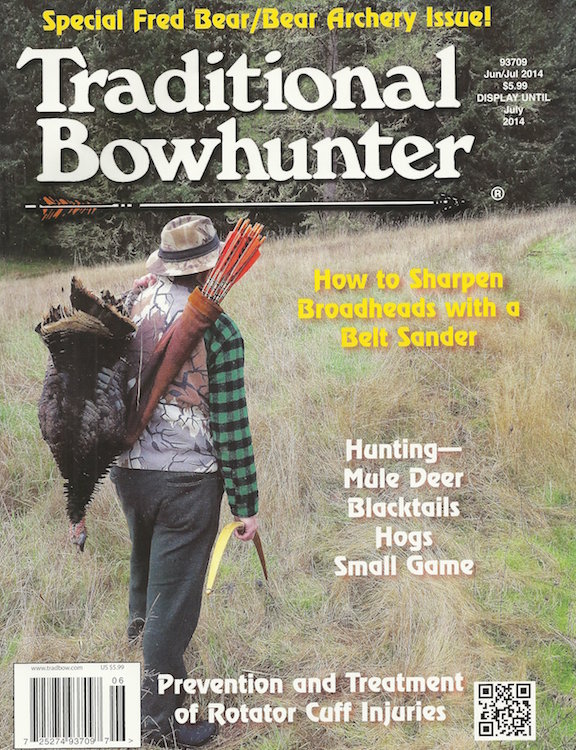 The migratory bird hunting stamp is not required for woodcock, crow, rail, snipe, or gallinule. Furbearers can only be hunted if they have a hunting license issued by the local government or by a non-resident.
The migratory bird hunting stamp is not required for woodcock, crow, rail, snipe, or gallinule. Furbearers can only be hunted if they have a hunting license issued by the local government or by a non-resident.
In general, deer hunting seasons begin in September and end in December. The open season is usually held in September in some states, but not in others, and there is no set time for each state. Seasons can be extended until January depending on the state.
The date of the Big Game Deer October. Primitive Weapons: September 10 – January 8, primitive weapons only: October 15 – January 8, youth only firearms: October 22 – January 8, firearms: October 22 – January 8, firearms: October 22 – January 8, firearms: January 8 The schedule is as follows: September 22nd to October 29th, September 29th to October 1st, October 6-8th, October 13-15th, and December 17th.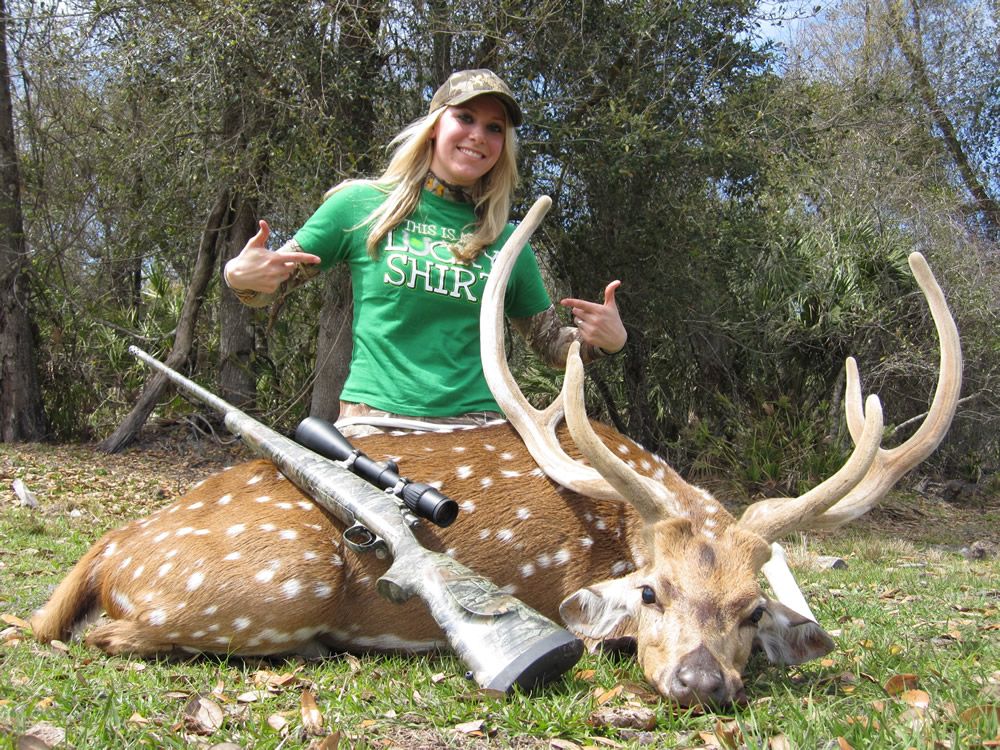
Deer seasons in the Northern Zone & Bear are October 1 through December 31, and those in Suffolk County are October 1 through December 31.21.
JavaScript is disabled. For a better experience, please enable JavaScript in your browser before proceeding.
B
Here is a little something I pulled from ID F&G website. All those folks who dont give a crap about atvs affects on mule deer, read this. All those who care... enjoy the reading!
All those folks who dont give a crap about atvs affects on mule deer, read this. All those who care... enjoy the reading!
B
The impacts to mule deer from motorized vehicles can be broadly summarized in three categories.
Disturbance ? Many species of wildlife, including mule deer, are displaced from habitats adjacent to roads and motorized trails. In highly motorized areas, the ability of mule deer to make efficient use of otherwise suitable habitat near motorized roads and trails is compromised. The degree of displacement varies by type of activity and level of use. Research at the Starkey Experimental Station in Oregon has shown that elk are affected by motorized vehicle use at a distance of ? mile. The effects on mule deer were not as pronounced but deer generally were displaced into habitats that may have been less suitable. Displacement from preferred habitats can affect diet and energy conservation and thus survival and reproduction.
The degree of displacement varies by type of activity and level of use. Research at the Starkey Experimental Station in Oregon has shown that elk are affected by motorized vehicle use at a distance of ? mile. The effects on mule deer were not as pronounced but deer generally were displaced into habitats that may have been less suitable. Displacement from preferred habitats can affect diet and energy conservation and thus survival and reproduction.
Buck vulnerability ? The increased popularity of OHV?s combined with the lack of regulations on their use, have provided hunters access to areas that were once difficult to get to and which provided important security habitat for deer. In heavily roaded areas, bucks are harvested by hunters at higher rates affecting the numbers of mature animals in the population. In response to this issue, Fish and Game has reduced antlered permit levels in controlled hunts, implemented short general hunting seasons, restricted huntind during November, and implemented a hunting season travel regulation in some units.
Hunting opportunity ? Hunting is one of the most important recreational activities on our public lands and should receive priority consideration in the decisions made by land management agencies. Our surveys consistently show that deer hunters want to hunt in areas where they encounter few other hunters and few motorized vehicles.
Whether you believe that there are too many roads and motorized trails in your hunting areas or not, you should let the land management agencies know your feelings. Opportunities to influence road and trail designation don't come along often. To get involved, contact the Forest Service or Bureau of Land Management office near your hunting area. Your local Fish and Game regional office can help you make the proper contacts, and are more than willing to help you to get involved.
?Roadless areas, in general, represent some of the best fish and wildlife habitat on public lands. The bad news is that there is nothing positive about a road where fish and wildlife habitat are concerned -- absolutely nothing.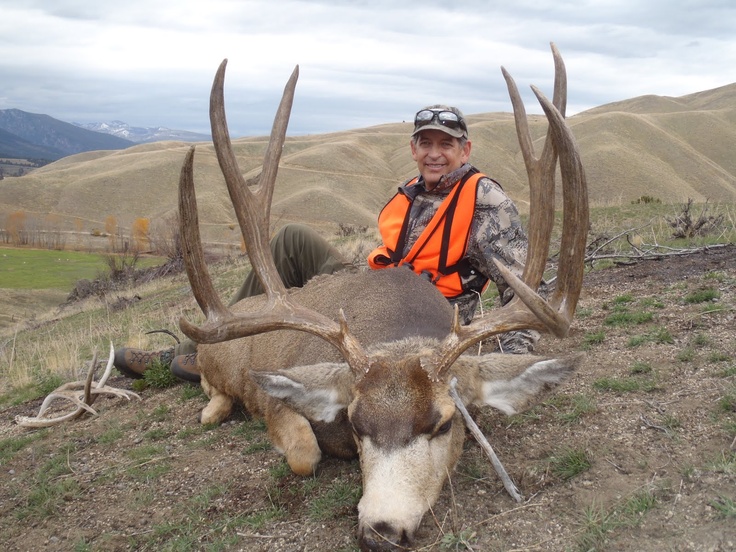 ?
?
-------Jack Ward Thomas, retired Chief of the U.S. Forest Service
ATVs and Hunting: Impacts to Mule Deer
Randy Smith, Regional Wildlife Manager, Idaho Department of Fish and Game, Magic Valley Region
The use of ATV?s and motorbikes has increased astronomically in recent years. In 2005 more than 104,000 ATV?s and motorbikes were registered in Idaho; a 75% increase from 2001. Today an estimated 33% of Idahoans participate in off-highway vehicle (OHV) recreation with 20% using their ATV or motorbike primarily for hunting. Idaho currently ranks third in the United States after West Virginia and Wyoming in the percent of the population participating in OHV recreation.
As a mule deer hunter, why should this increasing trend in OHV use matter to you? Simply put, increased access to our wildlands influences the number of mule deer that we have and your opportunity to hunt them. That is because increased human activities influence how effectively mule deer can use available habitat; and thereby influences reproduction, fawn survival, buck vulnerability and ultimately deer numbers.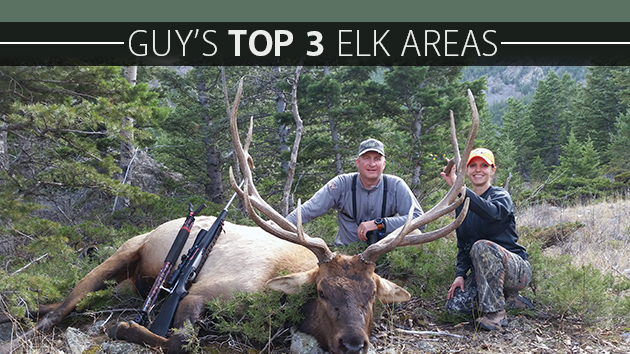
Deer hunter numbers in Idaho haven't changed much in the past 20 years. What has changed is access. The use of four-wheel drive trucks, ATV?s and motorbikes has allowed us to push into areas that were once remote, secure, and hard to get to. The result has often been fewer mature bucks, increasing conflicts between hunters, and more dissatisfied mule deer hunters.
A survey conducted by the Fish and Game in 1987 defined Idaho?s highest quality hunting product as ?an unroaded natural setting with an abundance of wildlife species, few other hunters, the opportunity to pursue animals of all age classes, and a chance to use and practice hunting skills with companions?. Providing ?unroaded settings? with ?few other hunters? has become increasingly difficult over the years, but hunters continue to let us know that these elements make for a satisfying hunting experience. The current deer hunter survey is expected to yield additional insight regarding ATVs and hunting, access, and other issues affecting hunter satisfaction.
Managing motorized vehicle use and access can have substantial benefits to mule deer and the hunting experience. While Fish and Game is working hard with programs like Access Yes! to improve access to hunting areas, managing access within those hunting areas is an important tool for providing more mature bucks and areas with lower numbers of hunters. Seasonal road closures and Fish and Game?s motorized vehicle rule have been employed to help address these issues.
In Idaho, the use of motorized vehicles in our hunting areas is largely regulated by the three primary land management agencies: the U.S. Forest Service, the Bureau of Land Management, and the Idaho Department of Lands. Recently, there have been few restrictions on how motorized vehicles could be used
Some Finer ?Points? on Mule Deer
Have you ever wondered about mule deer hair? We know it changes color from one season to the next, but there is much more to it than meets the eye. As you all know, mule deer live in a variety of climates throughout the West, from forests to deserts. To help survive extreme temperature fluctuations, they have some interesting fur adaptations.
To help survive extreme temperature fluctuations, they have some interesting fur adaptations.
At any given time, mule deer have several different types of hair in their coat. For example, an adult mule deer coat is composed of large guard hairs, intermediate guard hairs, mane hairs, and woolly under-hairs. Fawns have tufts of white-tipped hairs.
Mule deer coats change according to the animal?s age as well as to seasonal temperatures. Mule deer have four different pelages: natal (newborn), juvenile (fawn to yearling), adult summer, and adult winter. The adult winter pelage is the most complex, having all of the hair types, with each type at its greatest diameter. The summer coat does not have underfur and is longer with more slender guard hairs lying at an inclined angle to the skin. This ?design? is thought to shade the skin and to provide for efficient heat loss.
Mule deer molt their coats twice a year?spring and autumn. The autumn molt occurs when deer are in their best body condition with good food resources still available, which is key to producing a warm coat sufficient to meet winter?s energy demands.
(Information obtained from the Biomimicry Database at database.biomimicry.org.)
Mule Deer Update
An unauthorized ATV trail (circled) on this mountain in the Targhee National Forest north of Spencer has allowed unlawful access by ATVs to on state and most federal lands. But that is starting to change. Several forest offices are going through a ?travel planning? process or an in-depth review of their motorized road and trail system in response to the ?National Travel Management Rule? published in the Federal Register in 2005.
The opportunity to evaluate motorized recreation on our national forests happens rarely. The implications to mule deer management and deer hunting are significant, and Fish and Game is committing substantial resources to provide recommendations that are in the best interest of mule deer and mule deer hunting. However, it is important that you, as hunters, let your opinions be known regarding travel management in your hunting area. The final decisions on motorized travel will have long-lasting effects on deer management and hunting.
M
LAST EDITED ON May-17-08 AT 09:18PM (MST)[p]LAST EDITED ON May-17-08 AT 09:17 PM (MST)
AND NO MORE CAMPING.... stay in town and drive out to where the pavement ends camping in the woods disturbs the deer
M
>LAST EDITED ON May-17-08
>AT 09:18?PM (MST)
>
>LAST EDITED ON May-17-08
>AT 09:17 PM (MST)
>
>AND NO MORE CAMPING.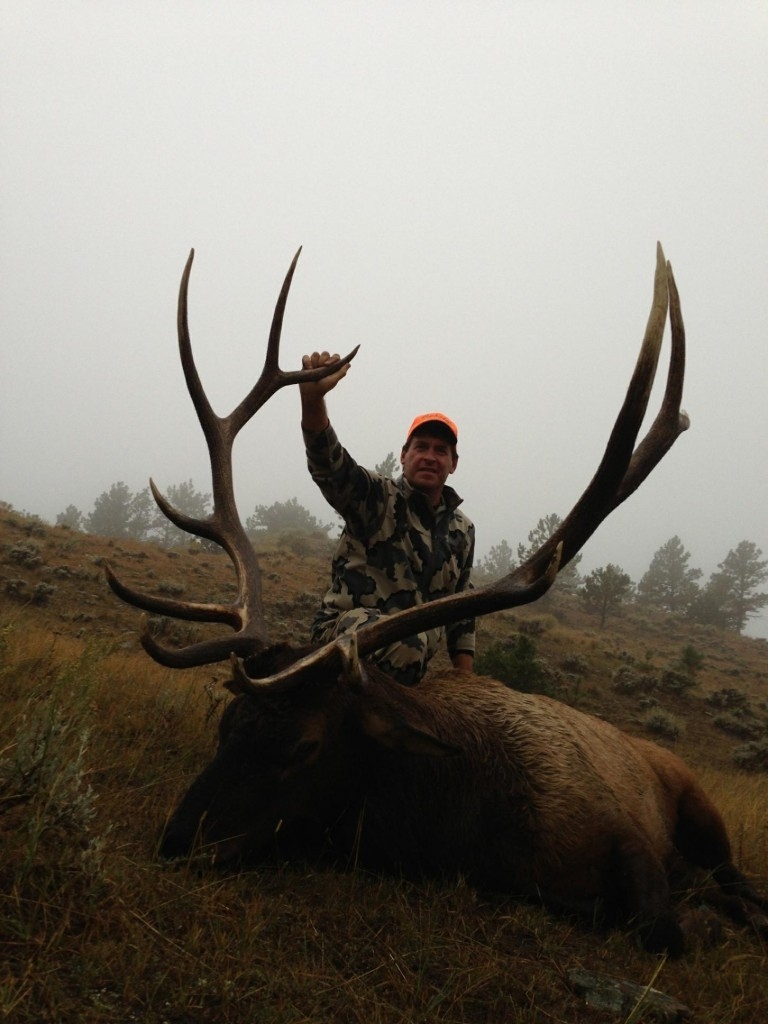 ... stay in
... stay in
>town and drive out to
>where the pavement ends
> camping in the woods
>disturbs the deer
LOL.........
2
Amen MacV. Just start giving our access rights away and see where it leads.
Take a kid hunting. You will enjoy it more than they do!
giving access rights away, now thats intellegent, thats the same kind of retoric that has caused the decline in so much of the hunting opportunity in the western US. I feel sorry for kids
I feel sorry for kids
2
Pecker,
If you don't have something to add crawl back in your liberial hole...
Take a kid hunting. You will enjoy it more than they do!
thats what im adding,I guess travel managment planning is giving access away, then should we have unlimited motorized access everywhere?
2
Call it giving it away or having it taken from you, either way you slice it these "management plans" in NM are infringing on our right to reasonable access.
In the Lincoln national forest it is one road closurer after another and if the tree hughers have it their way there will be no access altogether. With the exception of just a few major dirt roads, it is pavement only.
The "plan" has still not been approved but if it is, additional restrictions will be implemented.
This a slippery slope that in my experience we don't want to go down.
Take a kid hunting. You will enjoy it more than they do!
B
Oh, did i mention this article is from ID F&G's website. .. I didn't write it. F&G notices the problem and this is there findings, which I agree with.
.. I didn't write it. F&G notices the problem and this is there findings, which I agree with.
2
What the hell is the military comment?
Deep breaths son. Deep breaths
Take a kid hunting. You will enjoy it more than they do!
2
Doing it to ourselves?
You assume I ride off trail.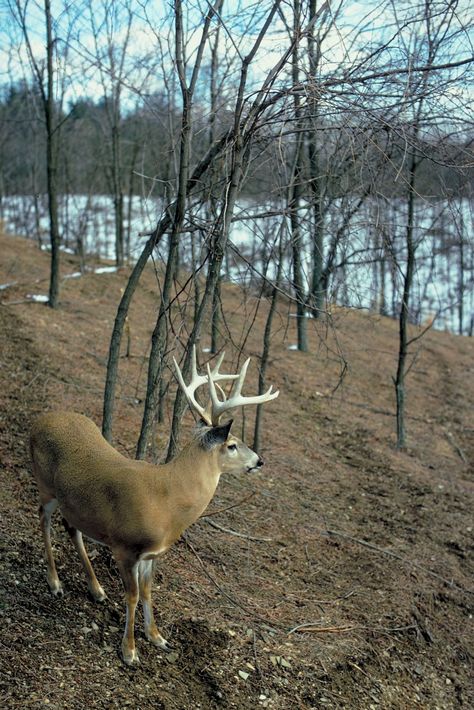 For that matter your assuming I own a ATV.
For that matter your assuming I own a ATV.
Deep breaths
B
WOW!!!
TEMPERS ARE ABOUT TO FLARE!!!
REMEMBER!!!
ALL THE FRICKEN LAWS IN THE WORLD ARE WORTHLESS WITHOUT ENFORCEMENT!!!
THATS WHERE THE TUNE-UP COMES IN HANDY!!!
NO,I DON'T REALLY LIKE DOING THEM!!!
I DON'T REALLY FEEL I SHOULD HAVE TO DO THEM!!!
BUT WITH 8 MILLION JACKASSES BREAKING THE LAWS & DESTROYING WHAT CAN NEVER BE REPLACED I BEEN LEFT WITH FEW OPTIONS!!!
JUST LET THE AIR OUT OF THE CYLINDER!!!
IT AIN'T HARD TO DO!!!
THEN MAYBE THEY CAN HURRY & NOTIFY LAW ENFORCEMENT & EXPLAIN TO THEM WHY THE POS IS BACK IN WHERE IT SHOULDN'T BE???
I'LL BE PACKIN EXTRA ARMOR PIERCING TARGET BULLETS THIS YEAR!!!
I HAVE BEEN LEFT WITH NO CHOICE!!!
I COULD JUST STAND AROUND WITH MY TEETH IN MY MOUTH & MY BRAIN IN NEUTRAL (LIKE THE USFS!!!) BUT THAT JUST AIN'T MY STYLE!!!
I MENTIONED SEVERAL YEARS AGO THIS WAS A MAJOR PROBLEM BUT NOBODY LISTENED TO ME DID THEY???
WE'VE GOT TO COMPLETELY DESTROY IT BEFORE PEOPLE WAKE THE HELL UP & SEE THE LIGHT!!!
THIS IS MY NEW GUN,YOU MAY NOT LIKE IT,YOU'LL LIKE IT A HELL OF A LOT LESS WHEN IT HITS ITS DESTINATION!!!
THE ONLY bobcat THAT KNOWS ALOT OF YOU HAVE HAD THIS IMAGE IN YOUR PEA BRAIN BUT DUE TO POOR SHOOTING TACTICS I'M STILL KICKIN!!!
B
Its true ! Giving up our access rights will lead to NO ACCESS!!! And hunters ! This runaway train is being driven by the Inviros. Back in the glory days( when there were more & bigger bucks) there was alot more access than we have in the present time, explain that one for me?
Back in the glory days( when there were more & bigger bucks) there was alot more access than we have in the present time, explain that one for me?
Oh, I can hear the crys, Bucks is a road hunter. Any one that knows me knows that's bull, I Put on as many or more back country miles as any one & prefer the back country. Studys can be manipulated in any form you would like. On private property there are more ATV trails than you can count, yet there are still plenty of big bucks to be had.
The difference is that back in the glory days there might have been only a couple of 4x4s in every small town and there were a lot less roads, less road closures but less roads.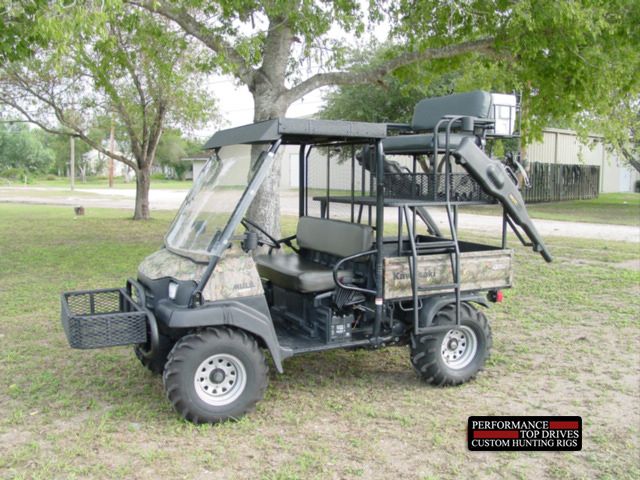 I own 2 4x4s myself there are many more people living in the west all with the ability to go most anywhere driving some new high tec motor vehicle. I guess people see things differently depending where they come from. I grew up in nevada and every year there is more ATV traffic and less quality deer areas. lots of open country and no where to hide,look at some of the bucks that used to come out of the manti area in utah, no more the ATVs are everywhere. human visitors are controlled on private property thats not a good option on most public land
I own 2 4x4s myself there are many more people living in the west all with the ability to go most anywhere driving some new high tec motor vehicle. I guess people see things differently depending where they come from. I grew up in nevada and every year there is more ATV traffic and less quality deer areas. lots of open country and no where to hide,look at some of the bucks that used to come out of the manti area in utah, no more the ATVs are everywhere. human visitors are controlled on private property thats not a good option on most public land
B
Some good points piper!
Don't get me wrong, I agree that encroaching on the home range of a mature Mule Deer buck will turn him nocturnal and maybe even desturb his liveley hood, hell! I hate seeing some gomer cutting across country on his ATV as much as any hunter! We can argue maybe this? And maybe that? All day!
My point is this, The inviros are the driving force behind the road closures, and this is only a start for them.
Bucks,
I see your point. There is no use for the "agency's" to complain
when they will not enforce the existing rules. The ATV's are not the problem. Its the morons who drive them. When they start confiscating them and fining the $1,000 min for each offense.
I like riding my ATV's on trails with my kids. I am against new trails. We already have enough of them in the area I live. There is enough room if they are driven responsibly.
I like Bessies solution.
R
yawn!!!!
rm
T
"When they start confiscating them and fining the $1,000 min for each offense. "----- right on woodruff....
"----- right on woodruff....
but until they do.....i agree RACK, yawn!
When this and the other 50 post about anti-4 wheelers first came out by BQHidaho i was thinking TROLL trying to start something again, and i'm still not sure its not.
M
LAST EDITED ON May-19-08 AT 08:24AM (MST)[p]every year this subject come's up, with the same results also I might add.
I see it every year when it come's to hunting deer on ATV's, I take my usual stand up high and watch all the dummies crashing the brush with their ATV's trying to push deer, and i just laugh when i see a smart ole buck just duck down and wait till they pass.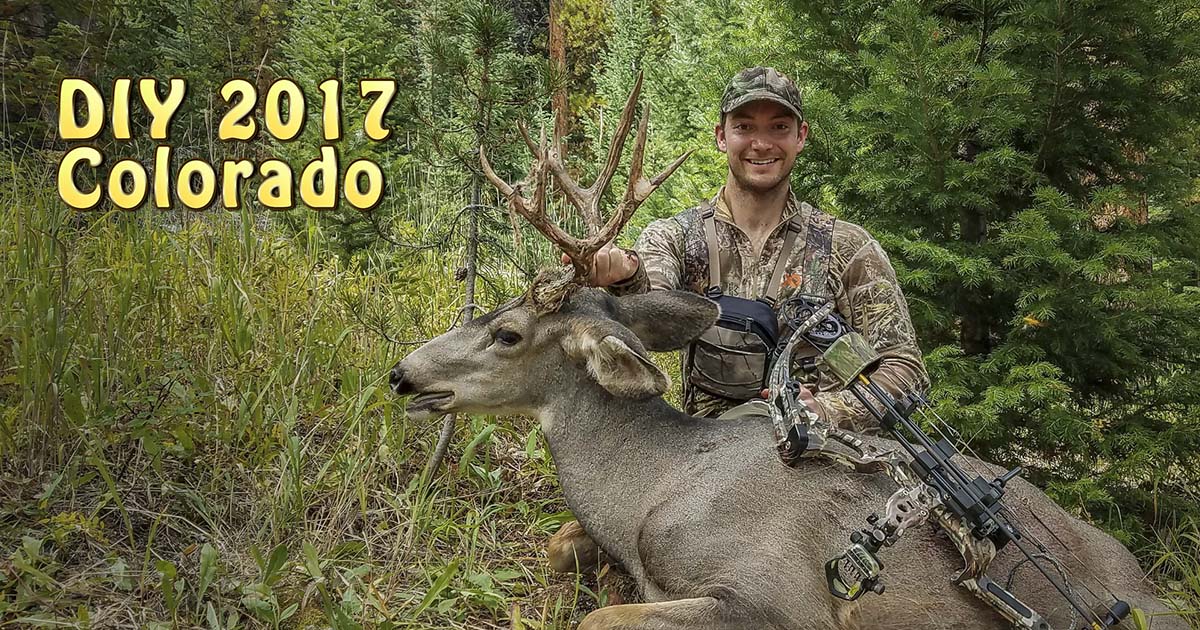
thats why I could care less, unless their breaking a law, then I give 'em chit....
The Enviro's are not the only advocates for fewer ATV trails. I own an ATV and I agree that we need to take a hard look at where we are letting people drive them. I also believe the growing popularity of ATV's in the last 10 years has resulted in a lower age class of bucks.
As they say in Utah: "the farther you walk away from a road the closer you are getting to another road".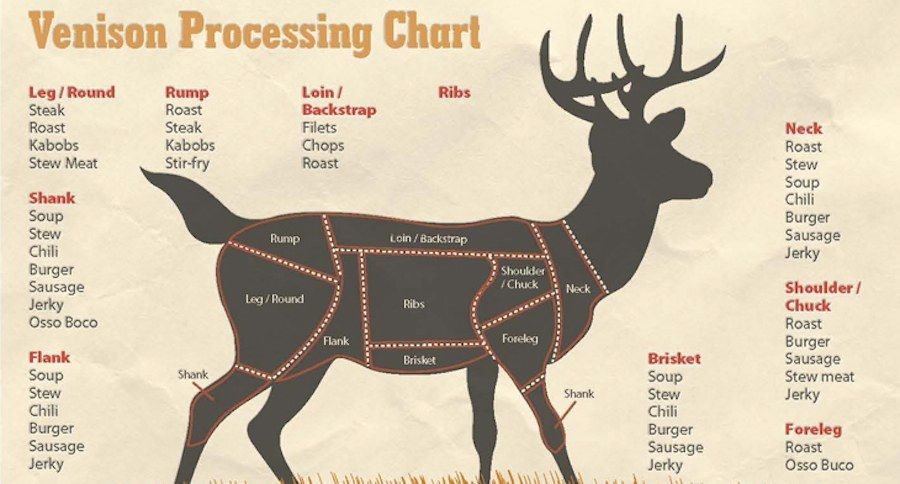
There is alot of talk about habitat, predator control, micro management and the list goes on, but I fear the uncontrolled use of ATV's on public land may affect our deer herds more than one may think.
Mike
Anymore the forest service is nothing more than a bunch of tree huggers.
R
I was going to be silent about this however.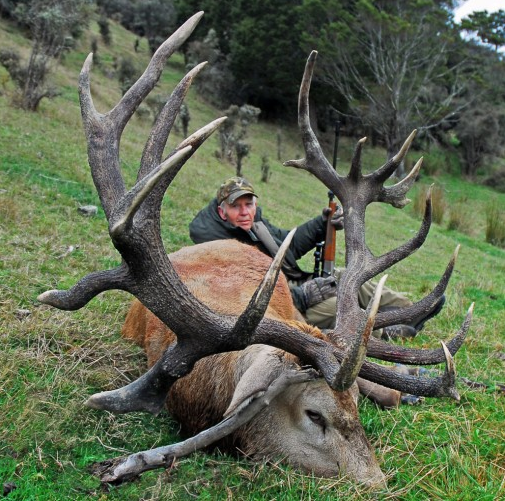 ......
......
YOU GUYS WHINE ABOUT QUADS TO MUCH.. and we all seen reports about blah blah bla!!!!!!
OK everyone take the word ATV OR QUAD and replace with Road Hunter..(make everyone pack in)!
then replace with JEEP
then replace with UTV
then replace with gas company
then replace with freeway
then replace with housing development
then get off your ass and report the bad (not only ATVs riders but the dickhead shoot from his truck or across the road or the same guy who shoots a small animal and walks away or shoots his son or wife animal, even the yahoo who drinking a beer while driving to the spot makes mad ...take a picture..I REPORT EVERY ONE!
rm
H
"Anymore the forest service is nothing more than a bunch of tree huggers.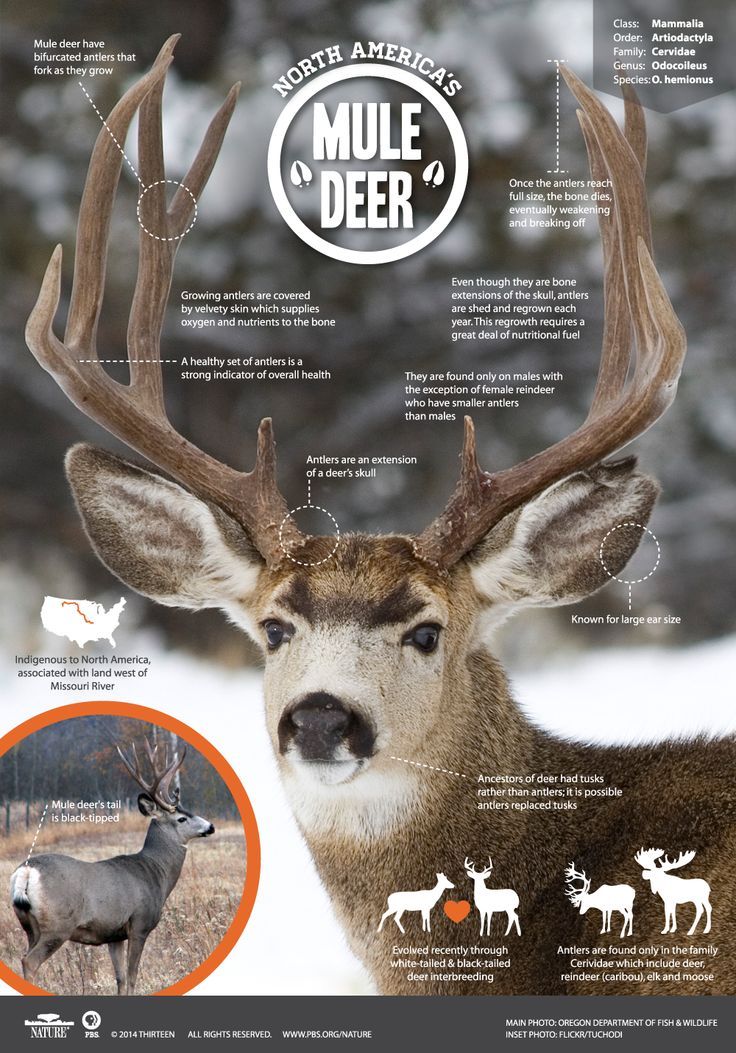 "
"
Don't like what they do? Just curious if you go to the public meetings and give your input on things such as overland travel and road closures? Yeah...thats what I thought.
B
Buck, Who the heck is TROLL? Nope, im not him, just a concerned sportsman, and I'm not a tree hugger, i'm a conservationalist.
T
I went out last night to do some "research" of my own on this subject, and i can confirm, that 1. ) Mule deer are NOT affected by the use of 4 wheelers in any proximity to them. in general they acted like i wasn't there. and 2.) if there isn't a trail to where you need to be, making one with a 4 wheeler is easy!
) Mule deer are NOT affected by the use of 4 wheelers in any proximity to them. in general they acted like i wasn't there. and 2.) if there isn't a trail to where you need to be, making one with a 4 wheeler is easy!
Whine and complain all ya want about having to walk down that ridge to your favorite little hunny hole where ya kill a trophy two point every year. close it for a couple of years and you will be killing a trophy four point instead, and then if your still upset that you have to hump it down in there, come and complain to someone who can change it aka the tree hugging forest service.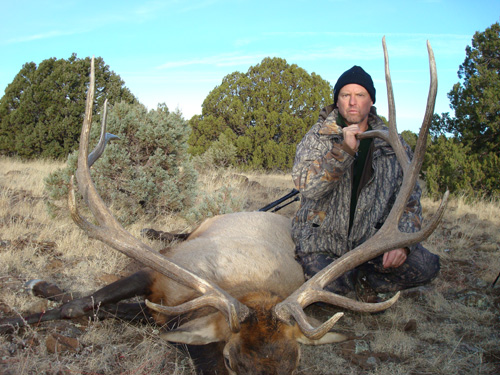 you want better hunting but arent willing to sacrifice for it so hmm what gives? the way i see it, this is not about removing your access its about getting rid of all of the roads that go down every ridge and into every canyon that most hunters should be walking down instead of riding. its killing off all of the habitat and forcing more and more deer into smaller and smaller areas. Which equals for those of you who cant add two and two together smaller and less deer. i enjoy riding a fourwheeler just as much as the next guy but the amount of roads and trails that are around or have just been made is getting ridiculous. the fines are worthless and enforcement is nonexistant so is change on the way? probably not unless a large group can get together and make it happen which given the past probably will not happen! oh well i guess ill just live with my true utah trophy two point ;-)
you want better hunting but arent willing to sacrifice for it so hmm what gives? the way i see it, this is not about removing your access its about getting rid of all of the roads that go down every ridge and into every canyon that most hunters should be walking down instead of riding. its killing off all of the habitat and forcing more and more deer into smaller and smaller areas. Which equals for those of you who cant add two and two together smaller and less deer. i enjoy riding a fourwheeler just as much as the next guy but the amount of roads and trails that are around or have just been made is getting ridiculous. the fines are worthless and enforcement is nonexistant so is change on the way? probably not unless a large group can get together and make it happen which given the past probably will not happen! oh well i guess ill just live with my true utah trophy two point ;-)
P
+1 to Berry. ..well said.
..well said.
One road in, one road out. The spiderweb of motor vehicle routes now in existence on public land needs to be cut back significantly...this is the easiest way to significantly improve quality without sacrificing opportunity.
-RPinenut
R
BERRYBLASTER!PINENUT! Sounds like a fruit salad all it needs is yogurt...lol
I am hungry....... yummmie!
rm
B
so rackmaster, which racks are you the so called master. ... mmm...
... mmm...
R
hay Ho........
use your Imagination... I done and mastered almost everything that has a rack!
meat racks
boobs (racks)
deer racks
salad bar racks
racks for tack
hat racks
boot rack
CD's rack
wishing I was a GYNO rack (until I had an image what ladies you must...OK I'll be nice)
shower racks
gun rack
dishwasher rack
I hit the rack
my new RICON QAUD has racks
my wine rack
I racked my nards(which hurt like heck because the are the size of avocado) once on a bicycle(I was 11)
I don't do tennis racket
so did I miss anything?
rackmaster
B
I do believe that pretty much covers it.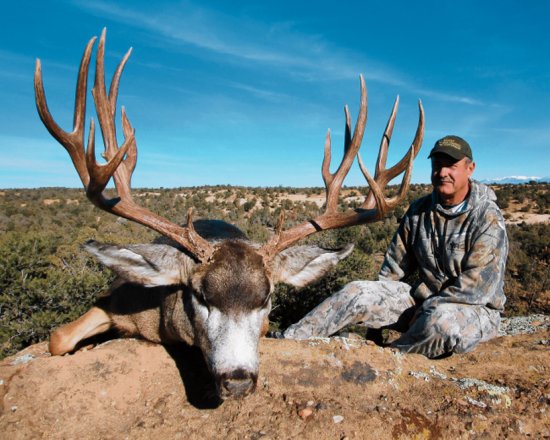 . lol..
. lol..
YES, i have. Attended one this year, so far. I take it you work for the forest service?
Share:
Facebook Twitter Reddit Tumblr WhatsApp Email Share Link
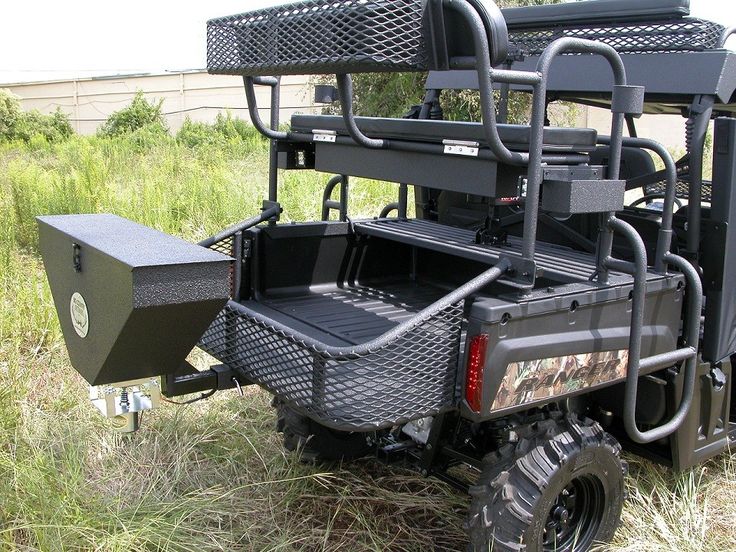 .. Details & Bigger Photos
.. Details & Bigger PhotosTop Bottom
Recently, the quad bike has become an increasingly popular and fashionable vehicle, and it is used not only to get adrenaline on amateur "rides", but also for quite utilitarian purposes - as a vehicle for hunting or fishing.
Some might think that this is a luxury! That you have to walk while hunting, that it’s much healthier... Perhaps... But when you have a heavy backpack behind you, and you have to walk for long kilometers, and there is no road - just the name, and you are no longer young, and your back needs to go to the doctor, and not for hunting ... That's when this wonderful unit comes to the rescue, which will deliver both you and your cargo to the hunting place, and save strength and health for the main goal.
Why do modern hunters prefer ATVs to any other means of transport?
ATV solves almost all tasks that a hunter or a group may have. And without exaggeration, it can be argued that there are simply no competitors for an ATV in the forest.
And without exaggeration, it can be argued that there are simply no competitors for an ATV in the forest.
On a good hunt, nowhere without good cross-country ability! A hunter moving on wet grass, crumbly ground, stones, clay soil, etc. without high cross simply can not do. If earlier the companions of a real hunter were strong, fast horses and a whole pack of dogs, now the horse has become iron, hardy, unpretentious and comfortable. Unlike animals, the ATV does not require special care and attention, while it is capable of with easy ease
Because of its light weight, the ATV rarely gets stuck in muddy ground and is much easier to push onto hard ground than a Jeep. Of course, an ATV does not provide the same level of comfort as a Jeep and can only fit one person, but in terms of other features, such as transporting equipment, an ATV is not inferior to a Jeep
Today ATV manufacturers offer a whole range of specialized  Their distinguishing features are - low weight (no more than 300 kg), a large number of luggage compartments (with the possibility of additional luggage compartment equipment), all-wheel drive, 4-stroke engine and automatic transmission. They have a large suspension travel and high ground clearance (ground clearance). Low pressure tires allow you to overcome problem areas of the road with maximum comfort. The most modern ATVs are able to overcome fords up to a meter deep.
Their distinguishing features are - low weight (no more than 300 kg), a large number of luggage compartments (with the possibility of additional luggage compartment equipment), all-wheel drive, 4-stroke engine and automatic transmission. They have a large suspension travel and high ground clearance (ground clearance). Low pressure tires allow you to overcome problem areas of the road with maximum comfort. The most modern ATVs are able to overcome fords up to a meter deep.
A lot depends on the right choice of an ATV for hunting: speed and convenience of movement, the ability to overcome obstacles and self-delivery of significant hunting trophies. Modern ATVs are capable of transporting a hunter with full equipment and up to 350 kilograms of cargo, and models equipped with a winch can also rake forest debris or pull themselves out of a swamp.
You should not approach the purchase of the right ATV from the position of buying a car. An ATV is like a tank, its lifespan depends entirely on "combat" conditions. The more actively the owner uses his ATV, the shorter his life. It should also be noted that when hunting, an ATV is an individual vehicle, the behavior of which is completely controlled by the driver.
The more actively the owner uses his ATV, the shorter his life. It should also be noted that when hunting, an ATV is an individual vehicle, the behavior of which is completely controlled by the driver.
Contrary to popular belief that ATV is an exclusively seasonal mode of transport, it is quite often used in winter. One of the most striking illustrations of this statement is ice fishing in the winter. Due to its low weight and large area of contact with the surface, it easily moves on the icy surface.
ATV accessories for hunters
Almost any utility ATV sold in Ukraine can be prepared for the forest. We would recommend choosing trusted and reliable manufacturers - Kawasaki, BRP, Yamaha. Reliable, hard racing trophy-tested helpers. After a little refinement (about 2-3 thousand dollars), the quadric will be able to do many more interesting things.
For
Winch
You are in a difficult situation in the forest, your ATV is stuck in a swamp, and there is no one around and there is no way to call someone for help. In such a situation, a winch can help you out. With a winch mounted on the front of your ATV or UTV, you always have a way out. Just remember to always have a back-up plan, so include a winch on your list of essential accessories! Experienced ATVs often install a second winch, back.
In such a situation, a winch can help you out. With a winch mounted on the front of your ATV or UTV, you always have a way out. Just remember to always have a back-up plan, so include a winch on your list of essential accessories! Experienced ATVs often install a second winch, back.
Additional light
Additional optics are a great helper in extreme night races. Additional light helps to drive away the darkness when the main headlight is stained with dirt, expanding the viewing horizon. High quality optics will perfectly cope with the task of lighting on the road in any weather conditions.
There are many options for lighting when traveling on an ATV early in the morning or late in the evening, but LED optics remain the most advanced today.
High-quality LED optics are primarily needed in order to be able to see the road better. It is used in order to improve visibility, scare away a hare, highlight next to an ATV. In addition, there are combined headlight options - they scatter light up close, while other LEDs shine into the distance, which is very practical.
A searchlight can also be useful for the hunter. Such headlights are able to effectively illuminate the area with a powerful beam at long distances, even in heavy fog. There are halogen, xenon and LED searchlights, with batteries and powered by a cigarette lighter, manual and underbarrel.
Tires
Since the ATV is mainly used for moving over rough terrain, sand, swamps, it needs reliable tires.
Depending on the terrain on which the ATV will be used, you will need mud tires (ITP Mud Light, ITP Black Water, Kenda Bear Klaw, Highlifter Outlaw) or all-purpose (ITP Terracross, Interco Swamp Lite)
Bottom protection kits
Reliable and high-quality protection for an ATV is an almost mandatory attribute for an ATV, on which extreme races are planned. The ATV protection itself is a set of special lightweight plates, usually made of aluminum. They are installed on the bottom of the ATV and maximally protect all elements of the undercarriage of the machine from dust and dirt getting there, as well as from mechanical damage. Protection for an ATV is usually lightened with special holes, so the total weight of the machine with the installation of protection practically does not increase
Protection for an ATV is usually lightened with special holes, so the total weight of the machine with the installation of protection practically does not increase
ATV panniers
For a hiker, hunter or fisherman, being able to take more equipment with you and transport it with minimal hassle is very important.
The main advantage of modern ATV trunks is their capacity, rather simple installation in the front or rear trunk. Each of the boxes is equipped with locks, and the models mounted on the rear trunk are additionally equipped with brake lights.
In addition, the case provides additional protection. It is made of heavy-duty plastic and in case the ATV rolls over, the case will protect the rider from impact.
Heated seats, heated handles
For comfortable movement on an ATV in winter, heated handles and throttle grips, steering wheel clutches and seat heating are used.
Universal Gun Holder
Universal Holder attaches to the handlebars of any ATV or virtually any tubular or composite ATV rack. With this set of 2 carriers, you can transport anything on your ATV, including a shotgun with or without a case, fishing rods, small tools, large tools, chainsaws, skis and more. Two 10 cm high steel U-brackets are covered with thick rubber to gently hold the equipment. Each holder can be rotated 360 degrees. for more convenient arrangement of the equipment. Two rubber straps 2.5 x 23 cm resistant can stretch up to 50 cm.
With this set of 2 carriers, you can transport anything on your ATV, including a shotgun with or without a case, fishing rods, small tools, large tools, chainsaws, skis and more. Two 10 cm high steel U-brackets are covered with thick rubber to gently hold the equipment. Each holder can be rotated 360 degrees. for more convenient arrangement of the equipment. Two rubber straps 2.5 x 23 cm resistant can stretch up to 50 cm.
Gun case
While riding a quad bike, your gun may get wet or get in the mud. A canvas cover for a gun in this case will also not help much. ATVs are provided with a plastic case for weapons. Such a cover will not allow the weapon to get dirty, and will also prevent moisture from getting into it. A special mount will help you conveniently and safely mount the gun on an ATV. A special insert inside the case will protect the weapon from hitting the body.
Helmet and goggles
The use of a helmet when riding an ATV is a prerequisite for the operation of this type of transport. When hunting, a helmet can protect you from many injuries. When buying a helmet, you need to make sure that it has a special certificate of quality, which confirms that it has passed the necessary tests and will withstand strong enough impacts that can be life-threatening. Wearing glasses is also a great way to protect your eyes. Riding through the forest involves a number of dangers, there is a risk of running into a branch, which can become a serious problem and lead to injury.
When hunting, a helmet can protect you from many injuries. When buying a helmet, you need to make sure that it has a special certificate of quality, which confirms that it has passed the necessary tests and will withstand strong enough impacts that can be life-threatening. Wearing glasses is also a great way to protect your eyes. Riding through the forest involves a number of dangers, there is a risk of running into a branch, which can become a serious problem and lead to injury.
GPS navigator
Being in the forest, you can easily get lost and then try to find your way home for a long time. In such a situation, you will resemble game rather than a hunter. There are a lot of navigators currently being produced - we chose Garmin for ourselves. In the navigator it is worth uploading a topographic map of the area where you are going to hunt.
Tracks for ATVs
Indeed, why not go hunting or fishing on your favorite ATV in the winter, in deep snow, or in the autumn to hunt ducks in the swamp?
After installing the tracks, your ATV will help you to fully enjoy hunting, fishing or traveling to uncharted places, allowing you to quickly move from one place to another.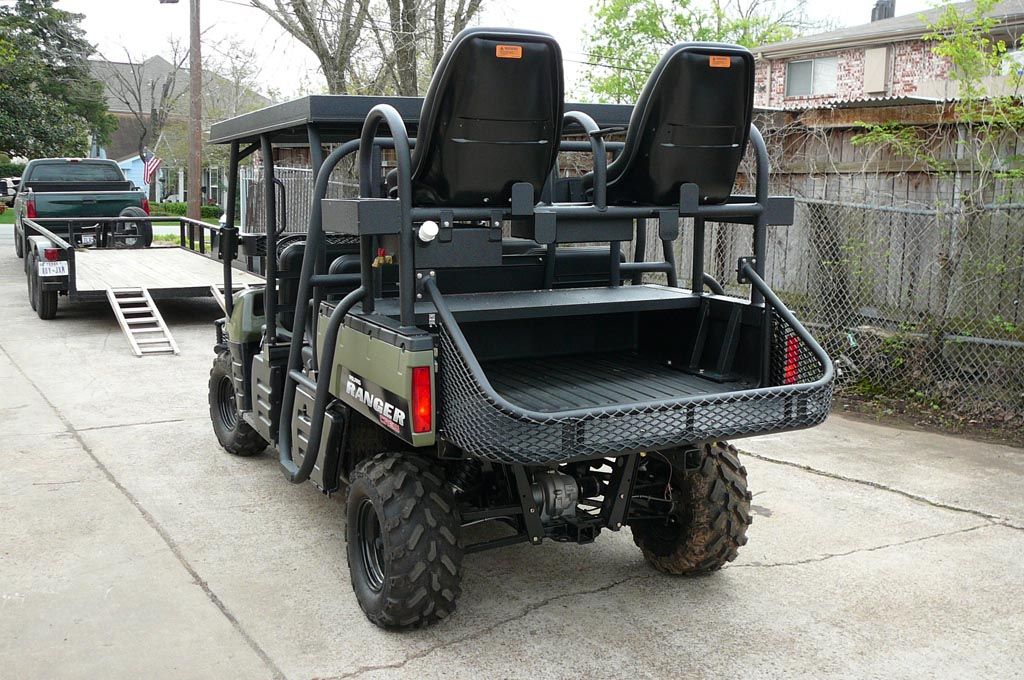 With a set of tracks for an ATV, the size of the covered area, thanks to the caterpillar ATV, will increase significantly.
With a set of tracks for an ATV, the size of the covered area, thanks to the caterpillar ATV, will increase significantly.
What can finally say to a hunter who has decided to buy an ATV?
Money is minted freedom! So say wise people who have seen a lot in the world ... Following this logic, an ATV is freedom of movement embodied in metal. A good road for a quad bike is a lucky break, an unexpected courtesy. A powerful engine, reliable suspension, simple controls - I sat down and drove where I needed to: over rough terrain, through forest-fields, through copses, along swampy banks of small rivers, day and night, in heat and frost.
An ATV will definitely become your best assistant on hunting, fishing, and traveling very soon!
The CFMOTO brand produces two-seater ATVs and ATVs for hunting and fishing.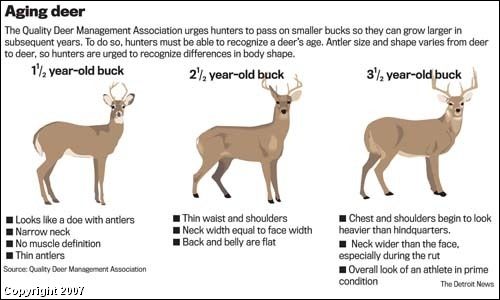 All of them are all-wheel drive, with a reduction gear and a forced differential lock. Let's take a closer look at each of the models.
All of them are all-wheel drive, with a reduction gear and a forced differential lock. Let's take a closer look at each of the models.
These ATVs are lighter and more compact, which means they are more manageable on difficult terrain. The trunks can carry a total of about 100 kg.
Among classic ATVs, the CFORCE 400L EPS is one of the most interesting options. This is the most budget model with electric power steering, which reduces the load on the rider's hands. Also in the basic configuration there is an electric winch and steel cargo platforms in front and behind. The injection 400 cc engine produces 31 hp. With. - it is enough for hunting and fishing trips. 25-inch tires and 262mm ground clearance allow the ATV to ride confidently through mud and shallow ruts.
This model is priced like the CFORCE 400L EPS but has a 500cc 35hp engine. The increased power made the quad bike more off-road and faster on flat ground. The CFORCE 500 Basic does not have a power steering and winch, due to this the price has become more attractive.
The increased power made the quad bike more off-road and faster on flat ground. The CFORCE 500 Basic does not have a power steering and winch, due to this the price has become more attractive.
CFMOTO's most affordable mid-size ATV. Its power is 41 liters. With. Enough for walking and work. For the transport of goods, it has a reduction gear. Already from the factory, the ATV has alloy wheels, hand protection, mirrors, footrests, a passenger seat with a backrest and a USB connector for gadgets. But there is no electric power steering, towbar and winch in the Basic package.
The model is equipped with a 580 cc engine with 41 hp. with., which, combined with low weight provides excellent cross-country ability. The electric power steering will help you easily turn the steering wheel even if the wheels get into a rut, and it also absorbs bumps on bumps. If the ATV gets stuck in the mud, it can be pulled out with a winch.
Short wheelbase single seat CFORCE 600 EPS. This quad bike is light and agile, it rides well in the mud, so it is suitable for fast off-road riding. Its suspension does not break through when hitting bumps or potholes. The CFORCE 600 S EPS is also suitable for the transport of goods - for this it has luggage platforms and a trailer hitch. If a loaded ATV gets stuck in the mud, it can be pulled out with a winch.
ATV with 800cc 61hp twin cylinder engine. with., which allows you to more confidently overcome long climbs, tow heavy loads and easier to scroll large wheels. In the basic configuration of the model there is an electric power steering, a winch and a tow bar, which makes it more comfortable on a long trip and prepared for housework.
The CFORCE 800 HO EPS is equipped with gas-oil shock absorbers with extended travel to improve comfort during fast off-road driving. The cross-country ability of the ATV is improved by 27-inch tires and a ground clearance of 285 mm.
The cross-country ability of the ATV is improved by 27-inch tires and a ground clearance of 285 mm.
The top ATV in the CFMOTO line. The 962.6cc twin-cylinder V-twin 75-horsepower engine allows it to drive at high speeds over flat terrain, overcome difficult terrain and pull a heavy trailer full of loot.
From the factory, the ATV is equipped with a winch, electric power steering, a two-level seat with a backrest and handles for the passenger.
Suspensions of the model are equipped with adjustable gas-oil shock absorbers. A stabilizer bar is provided at the rear. Curved arms, combined with a large 285 mm ground clearance, improve flotation, and large 27-inch tires allow you to overcome mud areas more confidently. The reliability of the equipment is increased by reinforced gearboxes and a differential with four satellites.
CFORCE 800 EPS and 1000 EPS have limited editions to celebrate the 15th anniversary of CFMOTO in Russia.